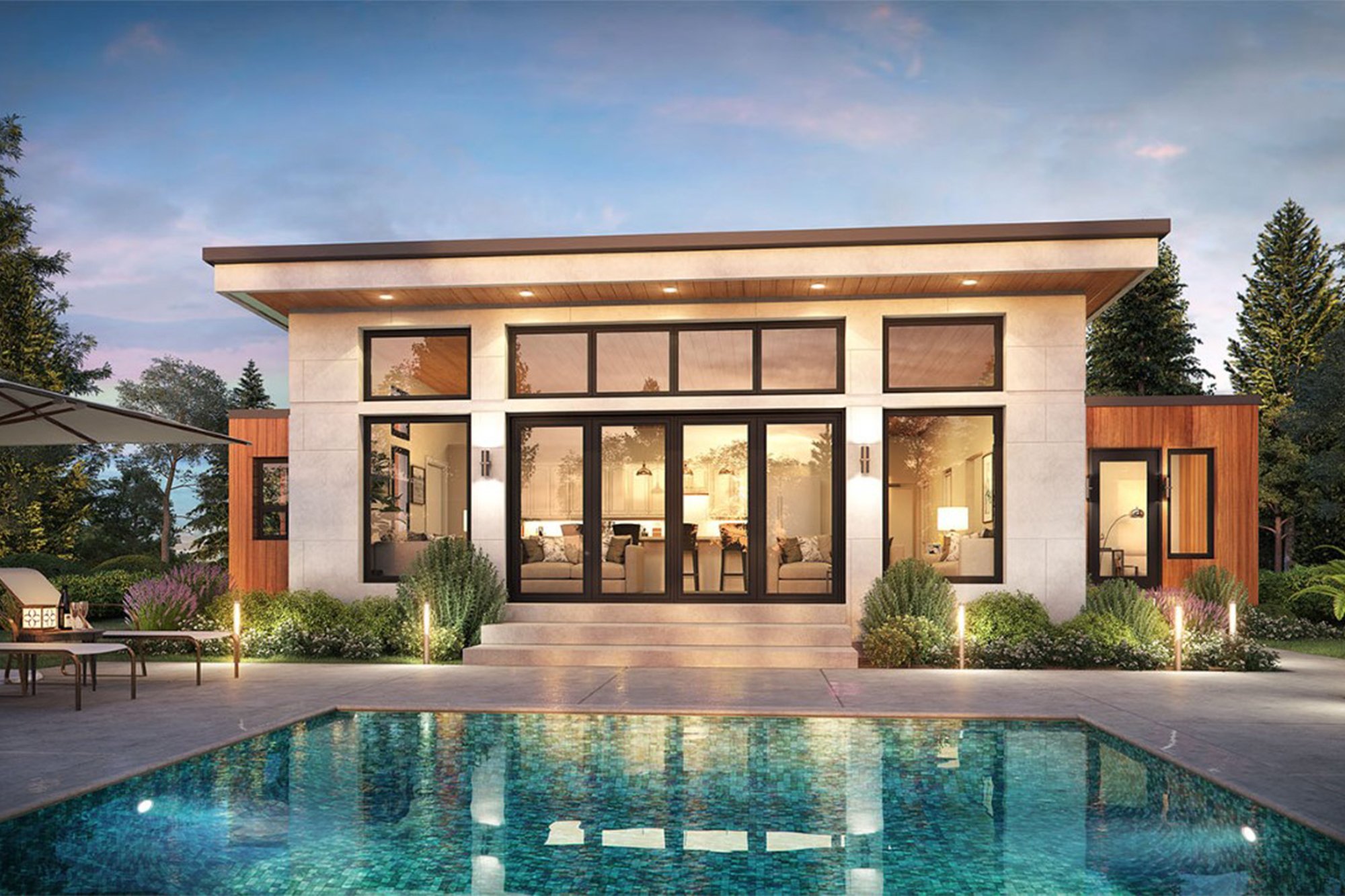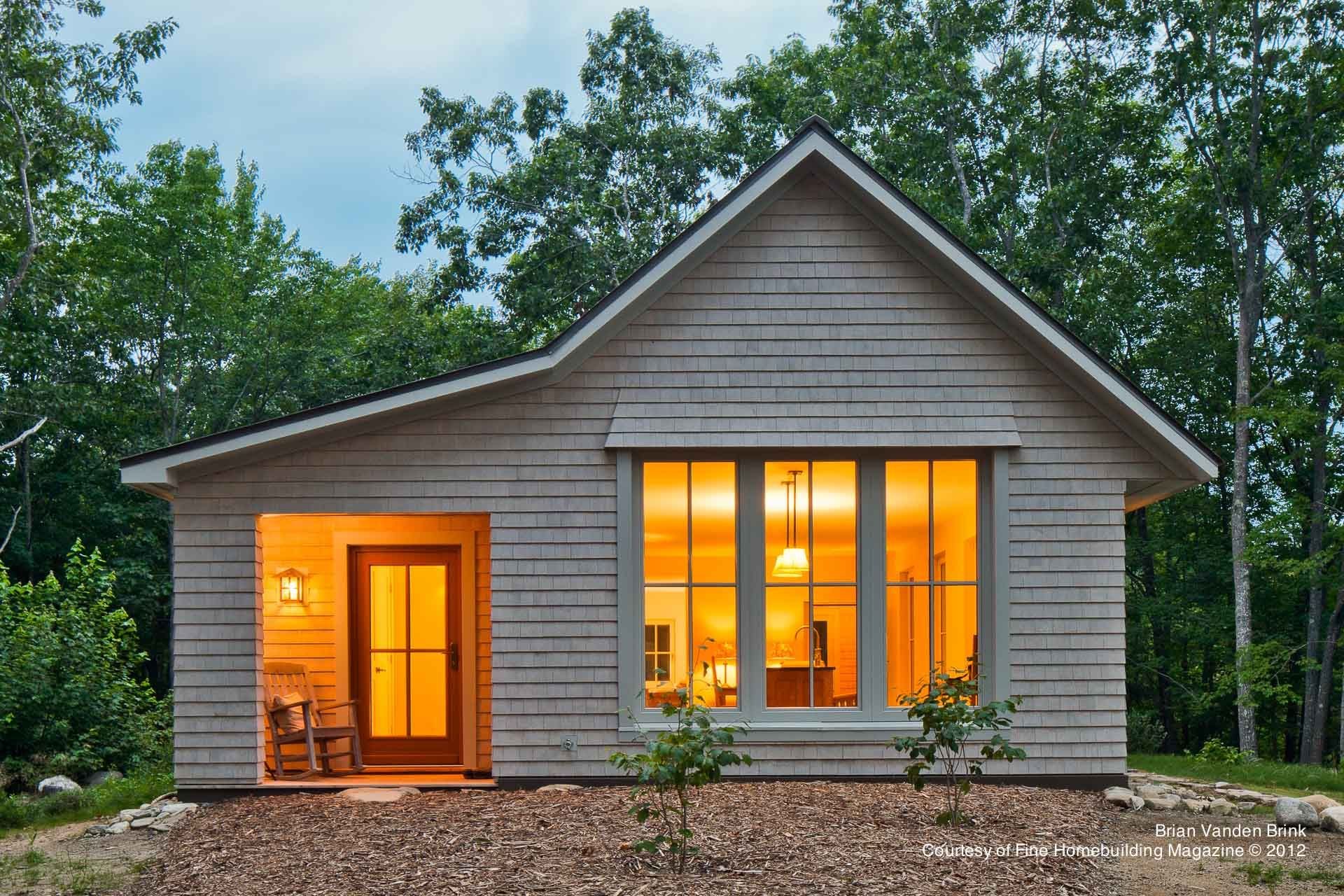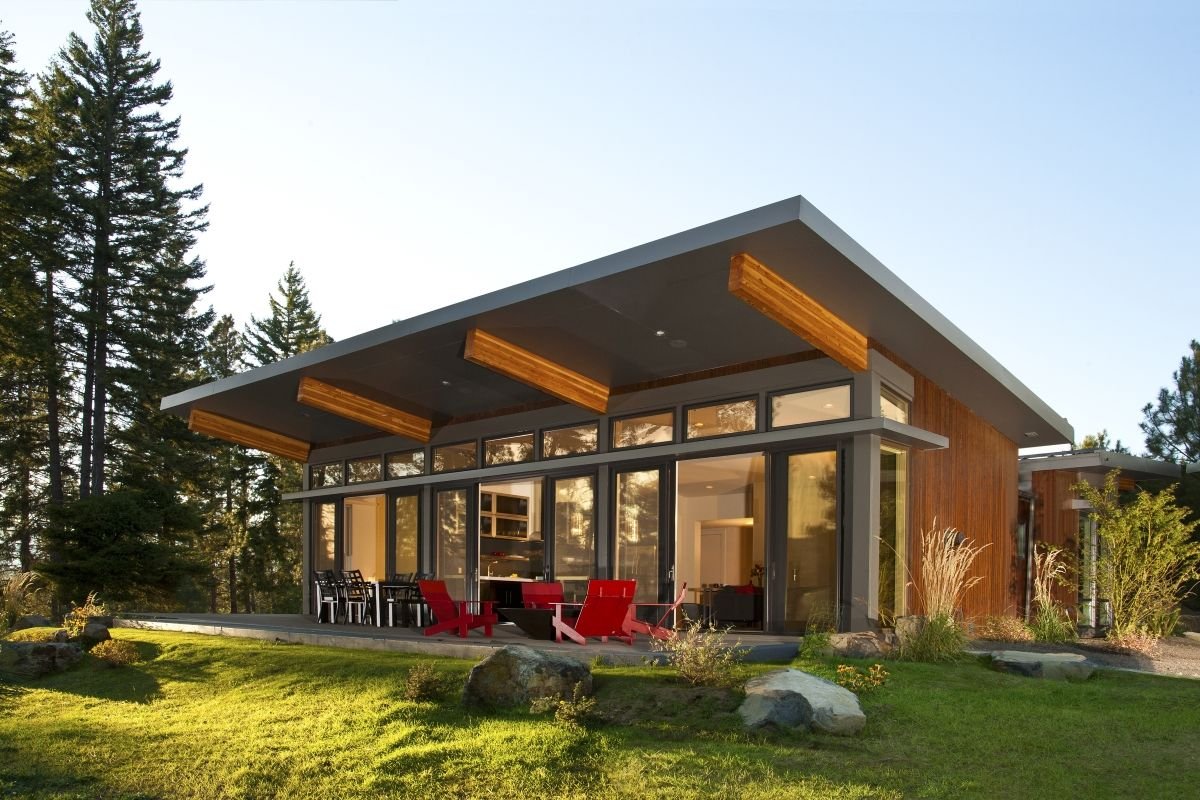Embark on a journey towards homeownership with our comprehensive guide to affordable prefab homes in Washington State. Prefabricated homes, renowned for their cost-effectiveness and eco-friendliness, are transforming the housing landscape and presenting a promising path to homeownership in the region.
Key Takeaways:
- Prefab homes provide an affordable and sustainable alternative to traditional homes in Washington State.
- They offer significant cost savings (20-30%) and reduced construction time compared to stick-built homes.
- Prefab homes are designed for energy efficiency, resulting in lower utility bills.
- They minimize waste and reduce environmental impact, making them sustainable options.
- Prefabrication allows for quick construction, typically completed in weeks or months rather than months or years.
- Buyers can customize prefab homes to meet their specific needs and preferences.
- Notable prefab home builders in Washington State include Method Homes, DeTray’s Custom Housing, Coach Corral Homes, S & H Manufactured Homes Inc., and Unique Homes of Washington Inc.
Affordable Prefab Homes in Washington State

Prefab homes are gaining popularity in Washington State as an affordable and sustainable alternative to traditional homes. These homes are constructed off-site in a controlled environment, reducing construction time and costs.
Benefits of Prefab Homes:
- Affordability: Typically 20-30% less expensive than traditional homes.
- Energy Efficiency: Meet high standards, resulting in lower utility bills.
- Sustainability: Minimizes waste and environmental impact.
- Quick Construction: Built in weeks or months, not years.
- Customization: Offer a wide range of customizable options.
Notable Prefab Home Builders in Washington State:
- Method Homes: Modern and sustainable prefab homes.
- DeTray’s Custom Housing: Affordable prefab and manufactured homes.
- Coach Corral Homes: Variety of prefab and mobile homes.
- S & H Manufactured Homes Inc.: Prefab and manufactured homes at competitive prices.
- Unique Homes of Washington Inc.: Selection of prefab and mobile homes.
Additional Resources:
- Washington Modular Homes
- Prefab and Modular Homes For Sale in Washington
Finding an Affordable Prefab Home in Washington State:
- Research: Familiarize yourself with the different types of prefab homes and builders in the state.
- Connect with Builders: Contact local prefab home builders to discuss options and pricing.
- Financing: Explore financing options specifically designed for prefab homes, often with lower interest rates.
- Land Acquisition: Consider purchasing land for your prefab home, which can further reduce costs.
- Additional Costs: Factor in costs for site preparation, foundations, and utilities.
Is a Prefab Home Right for You?
Consider the following:
- Lifestyle: Prefab homes are ideal for those who want a modern, energy-efficient, and affordable home.
- Budget: Prefab homes are a great option for first-time homebuyers or those with limited budgets.
- Timeline: Prefab homes can be built quickly, making them suitable for those who need a home in a short amount of time.
- Customization: While prefab homes offer customization options, they are limited compared to traditional homes.
Are you searching for a reliable and budget-friendly investment? Check out this page to learn whether are manufactured homes a good investment and make an informed decision.
Worried about the coverage of gas lines in your home insurance? Get all the necessary information you need by clicking on are gas lines covered by home insurance.
Types of Prefab Homes Available in the State

Prefab homes are becoming increasingly popular in Washington State due to their affordability and efficiency. They’re built in factories and then assembled on-site, making them a quicker and more cost-effective option than traditional homes.
There are two main types of prefab homes available in Washington State:
1. Modular Homes:
– Built in sections in a factory and transported for assembly on-site.
– Typically larger with more customization options.
– Meet state building and zoning codes and are built to withstand local weather conditions.
2. Manufactured Homes:
– Built entirely in a factory and transported to the site in one piece.
– Generally smaller with fewer customization options.
– Also meet state building codes and are often built using higher-quality materials.
Key Takeaways:
- Prefab homes offer affordability, efficiency, durability, and environmental friendliness.
- Modular homes provide more customization and more space.
- Manufactured homes are more compact and have fewer customization options.
- Both types meet local building codes and are designed to withstand Washington State’s climate.
Relevant URL Sources:
- Attainable Home: The Best 6 Modular Home Builders in Washington State
- PrefabReview: Modular Homes and Prefab Homes Companies in Washington State
Sustainability and Energy Efficiency of Prefab Construction
Prefabricated homes are increasingly popular due to their affordability and efficiency. But what about their sustainability and energy efficiency?
Key Takeaways:
- Prefab homes prioritize sustainability by using eco-friendly materials and construction practices.
- They achieve energy efficiency through innovative designs and advanced technologies.
- Prefab construction offers several environmental and cost-saving benefits.
Eco-Friendly Materials and Construction
Prefab homes often use sustainable materials like recycled steel, bamboo, and low-VOC (volatile organic compound) paints and finishes. By minimizing waste and choosing eco-friendly options, prefab construction reduces its environmental footprint.
Innovative Energy-Efficient Designs
Prefab homes are designed to maximize energy efficiency. They often feature:
- High-performance windows and insulation
- Energy-efficient appliances
- Solar panels or other renewable energy sources
- Smart home systems for efficient energy management
These features help reduce energy consumption, lower utility bills, and contribute to a healthier indoor environment.
Environmental and Cost-Saving Benefits
The sustainability and energy efficiency of prefab construction offer several benefits:
- Reduced carbon emissions
- Lower operating costs
- Increased property value
- Enhanced occupant comfort and health
Prefab homes provide a greener and more cost-effective homeownership option, making them a smart choice for eco-conscious and budget-minded homeowners.
Sources:
- ScienceDirect: Sustainable and affordable prefab housing systems with minimal environmental impact
- Green Coast: 10 Truly Eco Friendly Prefab Homes
Community Development and the Role of Prefab Homes in Addressing Housing Shortages
The scarcity of affordable housing persists as a global issue, prompting the need for ecologically friendly alternatives. In this vein, prefab homes emerge as a potential solution to the housing crisis, especially in urban areas. They offer a more sustainable and cost-efficient path towards homeownership. Community-based housing initiatives can also empower residents and support affordable housing development.
Key Takeaways:
- Prefab homes provide an innovative solution to the housing shortage, offering affordability, sustainability, and efficient construction.
- Community involvement in housing development fosters collaboration, empowering residents and promoting a sense of ownership.
- Prefab homes align with sustainable building practices, reducing environmental impact and promoting energy efficiency.
How Prefab Homes Address Housing Shortages:
- Prefab homes can be constructed more quickly and efficiently than traditional homes, reducing costs and expediting construction timelines.
- They are often built using sustainable materials and practices, promoting environmental friendliness and energy efficiency.
- Prefabrication allows for greater flexibility and scalability, enabling the production of homes in various sizes and configurations to meet different needs.
Role of Community Development in Affordable Housing:
- Community-based housing initiatives bring together stakeholders, including residents, developers, and local organizations, to address housing shortages.
- These initiatives empower communities by providing a platform for residents to voice their needs and engage in the planning process.
- By fostering collaboration and mutual support, community-based housing initiatives contribute to the development of affordable and sustainable housing solutions.
Prefab Homes for Climate Resiliency and Sustainability:
- Prefabricated homes are designed to withstand extreme weather conditions, an important consideration in a state like Washington.
- They are engineered to meet energy-efficiency standards, reducing utility costs for homeowners and minimizing environmental impact.
- By incorporating sustainable materials and practices, prefab homes contribute to a more eco-conscious housing industry.
Citation:
- Prefabrication as a Solution for Tackling the Building Crisis in the UK
- Social Housing Development in Indonesia – Challenges and Opportunities in the Practice of Community-Based Housing for the Low-Income Residents
FAQ
Q1: What are the advantages of prefab homes in Washington State?
A1: Prefab homes offer affordability, energy efficiency, sustainability, quick construction, and customization options.
Q2: Who are some notable prefab home builders in Washington State?
A2: Notable prefab home builders in Washington State include Method Homes, DeTray’s Custom Housing, Coach Corral Homes, S & H Manufactured Homes Inc., and Unique Homes of Washington Inc.
Q3: What is the difference between modular and manufactured prefab homes?
A3: Modular homes are built in sections and assembled on-site, while manufactured homes are built entirely in a factory and transported in one piece.
Q4: Are prefab homes as durable as traditional homes?
A4: Yes, prefab homes are built to the same building codes as traditional homes, often using higher-quality materials, making them equally durable.
Q5: Are prefab homes sustainable?
A5: Prefab homes emphasize green and clean energy, utilizing low VOC or non-toxic materials. They achieve energy efficiency through sustainable building practices and materials, reducing their environmental impact.
- Dora the Explorer Wipe-Off Fun: Safe & Mess-Free Activities for Little Explorers - April 18, 2025
- Does Lemongrass Repel Mosquitoes? Fact vs. Fiction + How to Use It - April 18, 2025
- Do Woodchucks Climb Trees?Fact vs. Fiction - April 18, 2025










